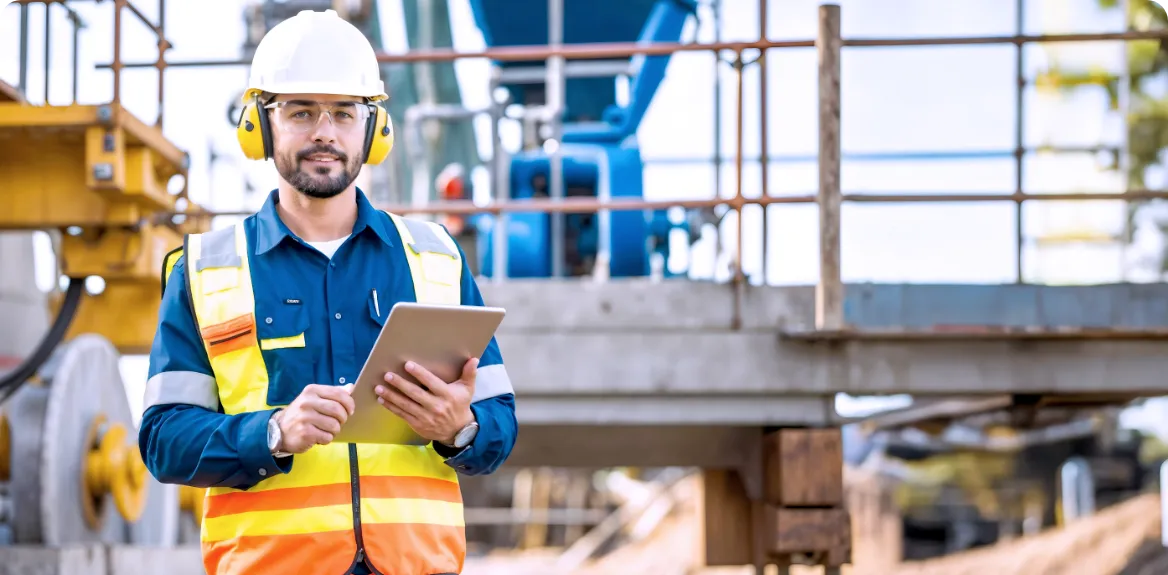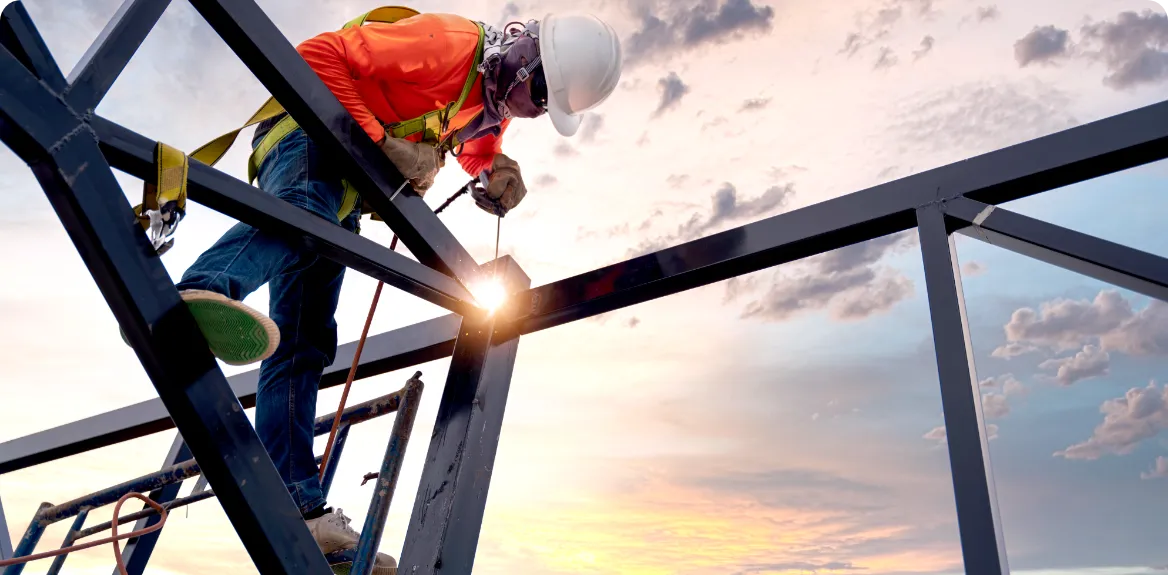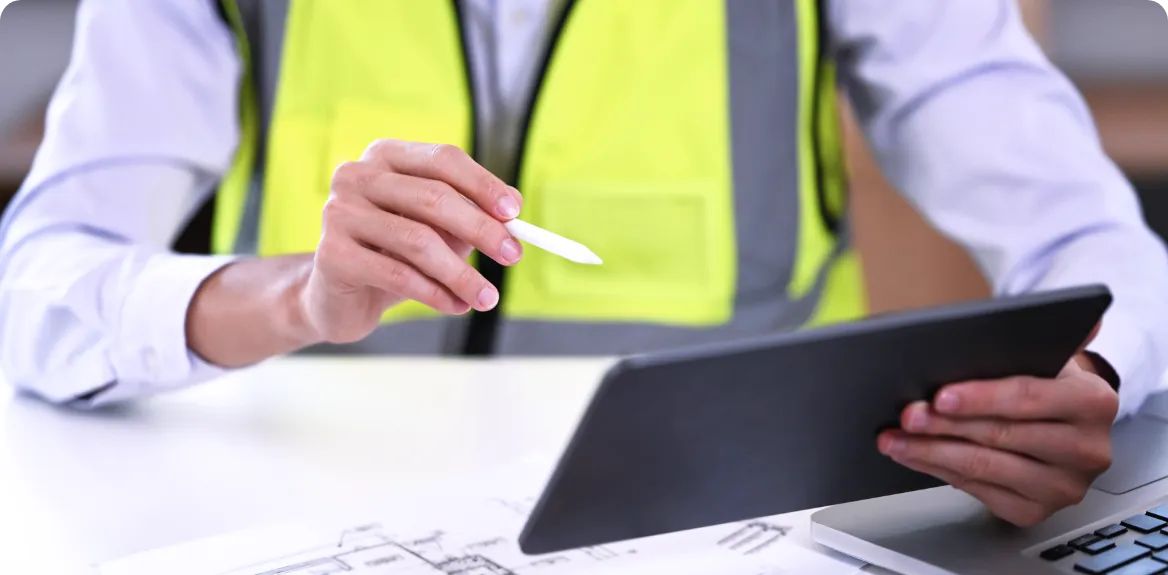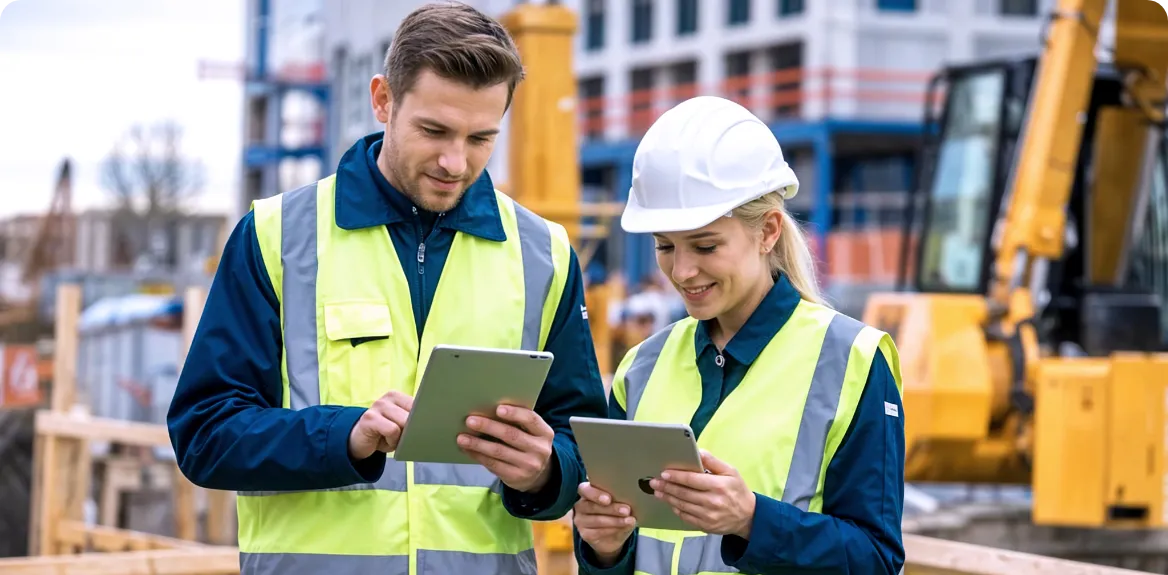
Construction health and safety management services are essential for worker protection, regulatory compliance, and project efficiency. Discover solutions, industry trends, and actionable strategies to improve safety on construction sites.
Ensuring robust health and safety management is paramount. With high-risk environments and tight project deadlines, construction companies must prioritize safety to protect their workers, maintain compliance with regulations, and avoid costly incidents. As the industry evolves, adopting advanced safety solutions is becoming increasingly crucial.
A recent report by Construction Network indicates a growing adoption of safety technologies, with 60% of contractors reporting increased investment in safety tech in the past year. This trend highlights the construction sector's recognition of the value that innovative health and safety services bring to both the workforce and bottom line.
In this article, we will explore the essential components of construction health and safety management services and solutions, the latest trends, and how companies can improve their strategies to ensure a safer work environment.
Construction health and safety services play a crucial role in preventing accidents, protecting workers, and ensuring compliance with industry regulations. These services encompass a broad range of activities, including hazard identification, safety training, and technology deployment to improve safety standards on construction sites. As the construction industry faces increasing safety challenges, the integration of these services has become non-negotiable for protecting both workers and projects.
Construction health and safety services are a collection of strategies, policies, and tools designed to prevent accidents and mitigate risks associated with construction activities. They aim to address workplace hazards, provide necessary safety gear, and ensure that all work practices comply with regulatory standards, such as OSHA requirements. These services form the foundation of a safe working environment, ensuring that safety is embedded into every aspect of the construction process.
Effective health and safety services also foster a culture of awareness and responsibility among workers, reducing the likelihood of injuries and fatalities on-site.
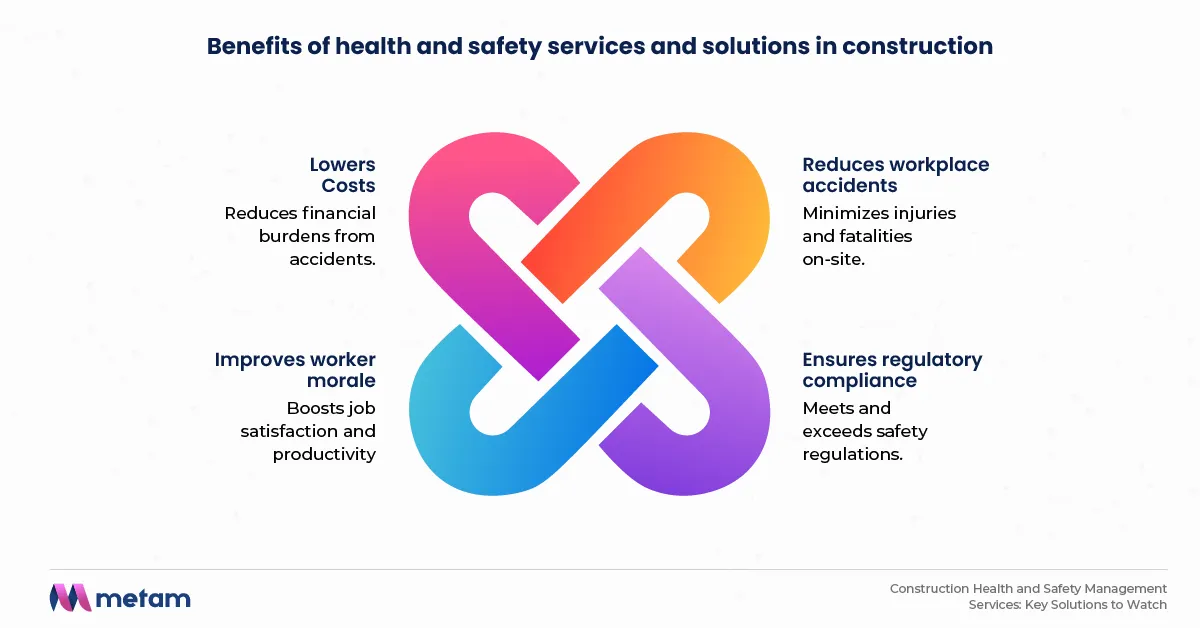
A comprehensive construction health and safety strategy requires several key components that work together to protect workers and ensure compliance. These elements address the full spectrum of construction safety, from proactive hazard assessments to emergency response plans. Understanding each component’s role in the overall safety strategy is essential for creating a secure work environment.
Risk assessment and hazard identification are vital first steps in any construction health and safety program. By identifying potential hazards early in the planning phase, companies can implement preventative measures that protect workers and minimize risks during project execution. The proactive approach of assessing hazards, whether from equipment, environment, or human error, helps companies mitigate risks before they become major issues.
Effective hazard identification requires continuous monitoring and the involvement of workers who are familiar with the daily operations on-site, ensuring that all potential dangers are addressed promptly.
Safety training is critical for ensuring that all construction workers are well-versed in the best practices, equipment use, and emergency protocols. Regular training sessions provide workers with the knowledge and skills needed to handle risks safely, whether it's operating machinery or responding to emergencies. It is essential that training programs are updated regularly to reflect the latest industry standards, new technologies, and safety protocols.
Moreover, safety education extends beyond workers to include managers and supervisors, ensuring they are equipped to enforce safety protocols and make informed decisions to protect their teams.
Ensuring compliance with regulations such as OSHA, state laws, and local ordinances is a fundamental aspect of construction health and safety services. Non-compliance can lead to legal consequences, including fines, project shutdowns, and loss of reputation. Regular safety audits, legal consultations, and continuous education are necessary for maintaining compliance and upholding safety standards.
Adhering to safety regulations not only avoids penalties but also guarantees that workers are protected according to the latest legal and industry standards.
Providing appropriate PPE is a cornerstone of any construction site safety plan. Equipment like hard hats, gloves, safety boots, eye protection, and high-visibility clothing ensures that workers are protected from common construction hazards such as falling objects, electrical hazards, or exposure to harmful substances. Regularly updating PPE according to the latest safety standards and advancements in technology is also crucial to maintaining worker protection.
Equally important is ensuring that workers understand the proper use and maintenance of their safety gear, as improper usage can undermine its effectiveness.
Construction sites are prone to emergencies, ranging from fires and medical incidents to hazardous material spills and structural failures. Having a detailed emergency response plan ensures that workers know how to act swiftly and effectively during crises. Well-rehearsed evacuation procedures, first-aid protocols, and designated emergency responders can significantly reduce the severity of incidents.
Emergency plans should be regularly tested through drills to ensure readiness, and all workers should be familiar with the procedures to ensure smooth execution during real emergencies.
Regular safety inspections and audits are crucial for identifying potential hazards and ensuring that safety protocols are being followed consistently. These inspections involve checking equipment, reviewing safety signage, ensuring proper PPE use, and confirming that environmental factors (like weather conditions) are considered in safety plans. Site managers and safety officers should conduct inspections frequently to catch any issues early and prevent accidents.
Routine inspections also allow for quick adjustments to procedures based on current site conditions, making them an essential component of a comprehensive safety strategy.
As construction technologies advance, so do the tools and solutions designed to enhance worker protection. From wearable devices to AI-powered analytics, these innovative solutions offer real-time monitoring and predictive capabilities that significantly improve safety outcomes. By integrating these technologies, construction companies can ensure their workers are not only protected but also more aware of potential hazards.
Metam Technologies is at the forefront of transforming construction site safety through innovative solutions and tailored services.
Construction health and safety management services are crucial for ensuring a safe and compliant environment, allowing both workers and businesses to thrive. By integrating innovative technologies such as AI, wearables, IoT sensors, and custom ERP applications, companies can significantly enhance site safety through real-time monitoring and predictive analytics.
Staying updated with industry trends and regulations enables construction firms to take a proactive approach to safety, effectively reducing risks while continuously improving safety practices. Through these advanced solutions, businesses are better equipped to protect their workforce and ensure long-term success in an increasingly complex and regulated industry.
